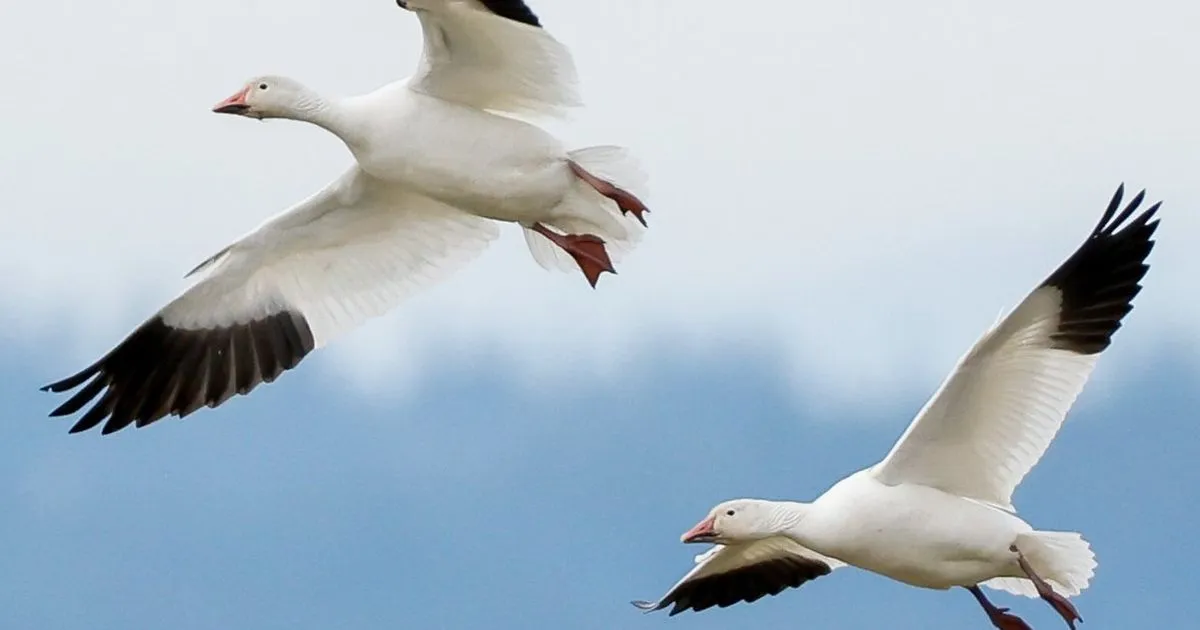
For the past three years, a novel form of bird flu has devastated wildlife and domestic birds across the United States, wiping out millions of animals, from snow geese to backyard chickens. Recent months have seen an escalation in concern surrounding this outbreak, particularly following Louisiana's report of the country's first human death related to bird flu in January. The toll on animal populations continues to rise, with approximately 2.2 million birds—including commercial, backyard, and wild species—in Washington State alone testing positive for Type A H5N1 influenza. This includes 52 backyard flocks and three commercial flocks. Since 2022, about 14 Washingtonians, all commercial farmworkers, have tested presumptively positive for the virus.
While the overall risk to the general public remains low, state epidemiologist Dr. Scott Lindquist emphasizes the importance of taking the virus seriously. He warns that there is still a possibility for the virus to mutate and become more infectious to humans. “We are not seeing that yet — but that’s the concern,” Lindquist noted, highlighting the need for vigilance during this ongoing outbreak.
The first recorded case of bird flu dates back to 1878 in northern Italy, where it was referred to as the “fowl plague,” according to the U.S. Centers for Disease Control and Prevention (CDC). In 1955, scientists identified that this illness is caused by a Type A influenza virus. Initially, most cases were mild or “low pathogenic,” with birds showing few to no symptoms. However, in 1996, a more severe strain known as “highly pathogenic” avian influenza emerged on a goose farm in Guangdong province, China, resulting in a staggering 40% mortality rate within the flock. Between 1996 and 2005, migrating birds spread the virus across Asia, Africa, and Europe, leading to its current endemic circulation among farms and wild bird populations.
Birds infected with the virus may exhibit mild signs of respiratory illness, which can include sneezing, eye discharge, ruffled feathers, lethargy, and a noticeable decrease in appetite and egg production. In mammals, neurological symptoms may develop, while humans may experience symptoms such as pink eye (conjunctivitis), fever, coughing, headaches, muscle pain, or sore throat. Recognizing these symptoms is crucial for early intervention and prevention of further spread.
The bird flu virus spreads primarily through contact with contaminated surfaces or through the saliva, mucus, or feces of infected animals. Additionally, the virus can be transmitted by consuming infected animal meat or raw milk. It can also extend its reach up the food chain, infecting small mammals that prey on sick birds, and subsequently affecting top predators that consume these smaller mammals.
When it comes to food safety, chicken, eggs, and other poultry products are safe to eat when they are properly handled and cooked. Pasteurized milk is also safe to consume; however, drinking raw, unpasteurized milk or consuming raw animal products poses a risk to both humans and pets. Recently, a domestic cat in Washington was euthanized after consuming potentially contaminated pet food, mirroring similar cases of infections in indoor cats across the country.
If you own a backyard or commercial flock, it is vital to limit contact between your birds and outside visitors or animals. Keeping your poultry separate from wild waterfowl and maintaining cleanliness of shoes, clothing, and equipment can significantly reduce the risk of infection.
To minimize the risk of infection, it is essential to wash your hands thoroughly and wear personal protective equipment when interacting with wild or domestic birds. Avoid direct contact with sick or dead animals. While vaccination against seasonal influenza does not prevent bird flu infections, it can lower the chances of becoming simultaneously infected, potentially reducing the opportunity for the virus to mutate.
If you suspect potential exposure to bird flu, it is important to seek medical advice and inquire about testing options. Staying informed and vigilant is key to navigating this challenging situation as the outbreak continues.